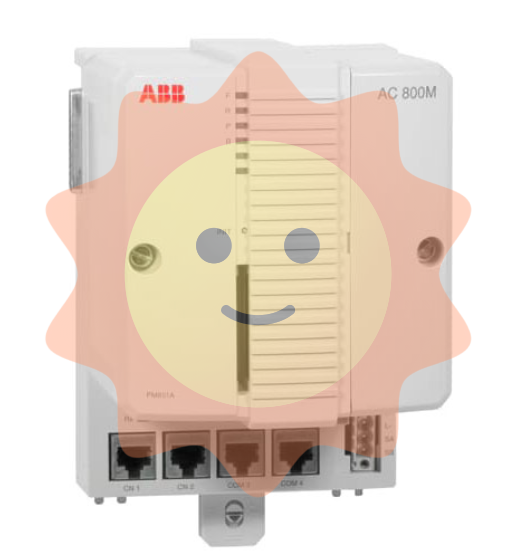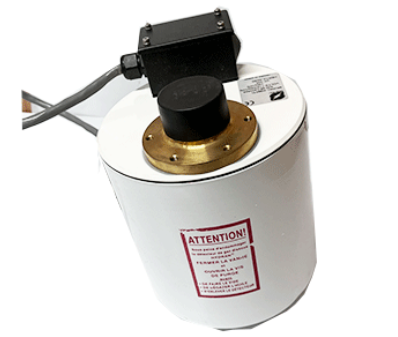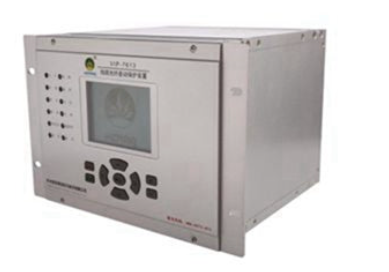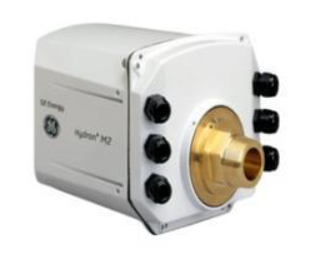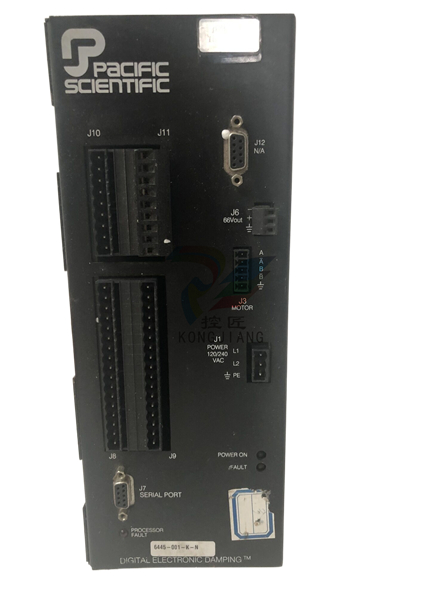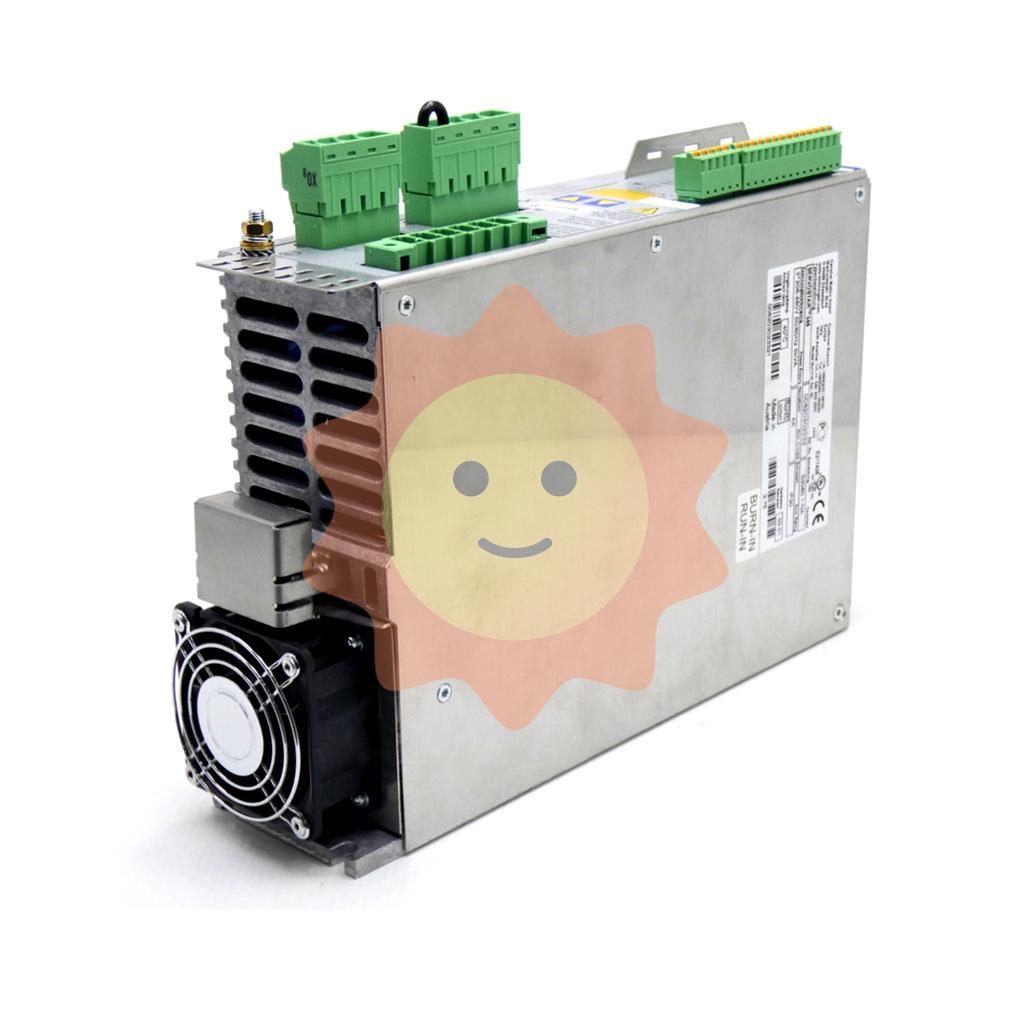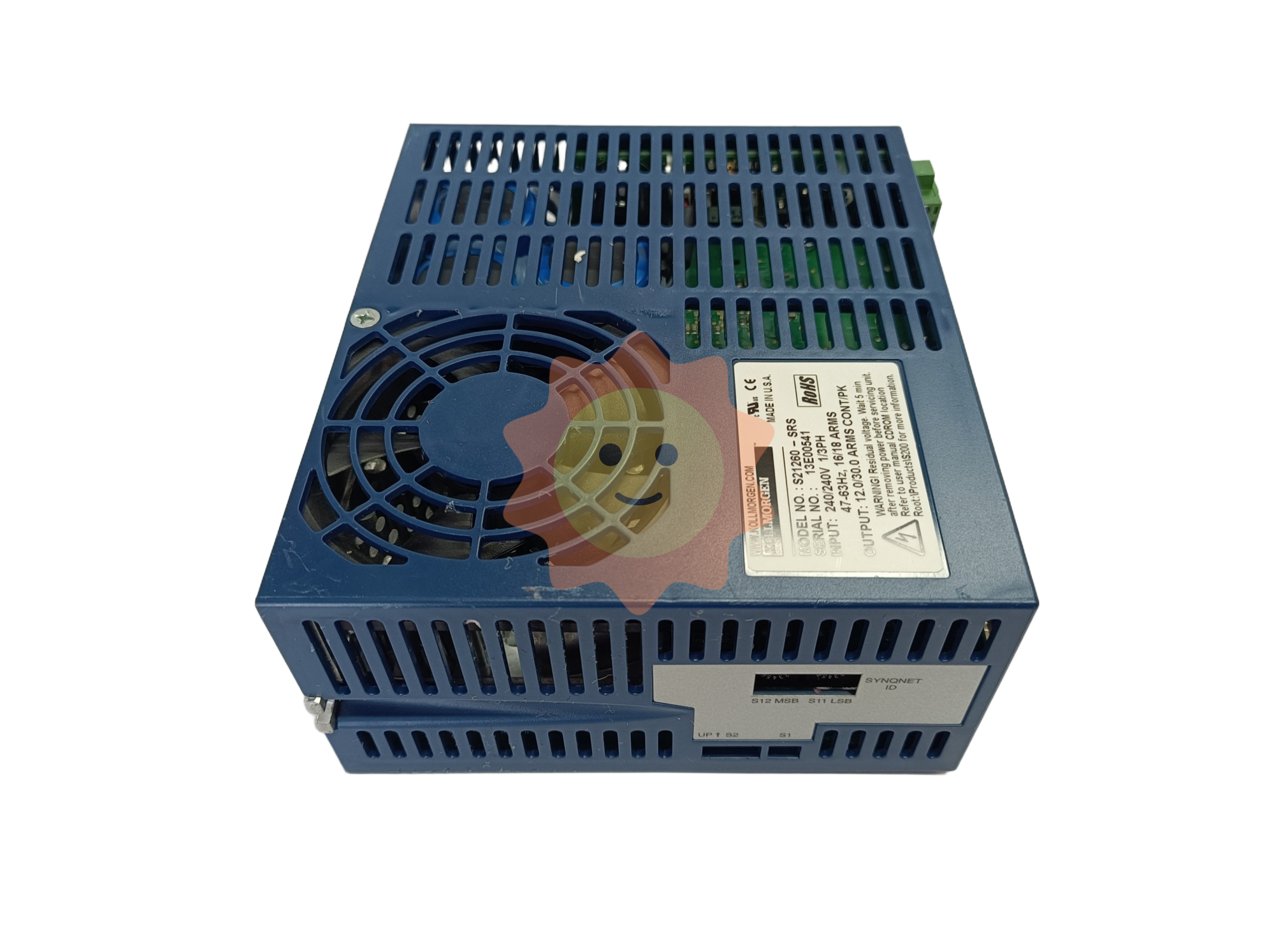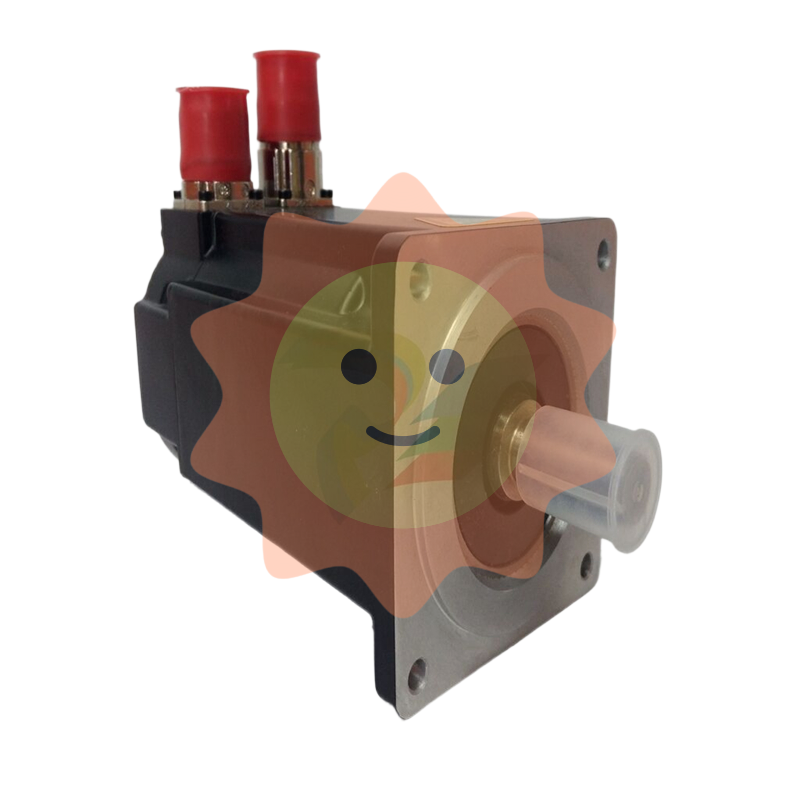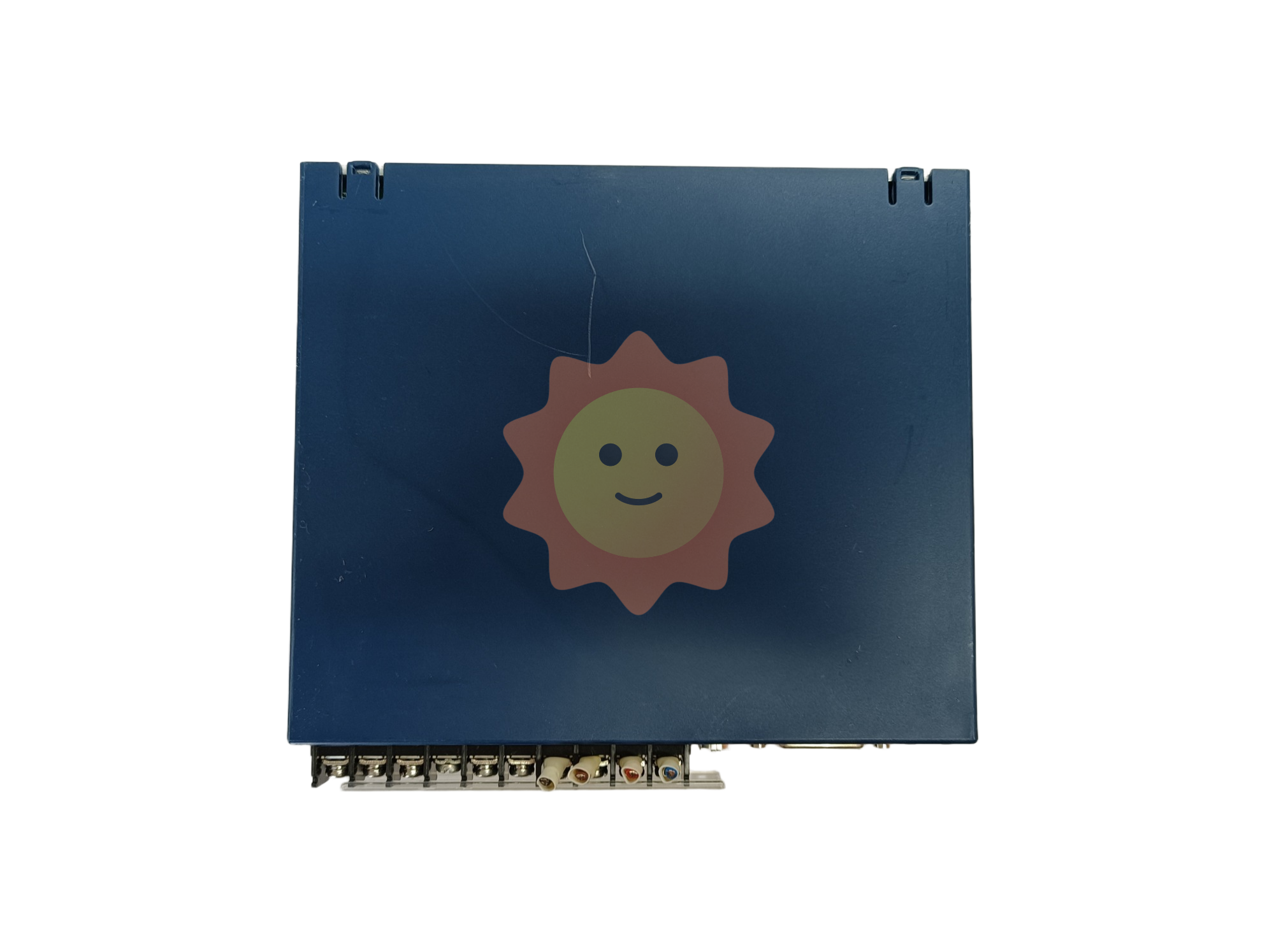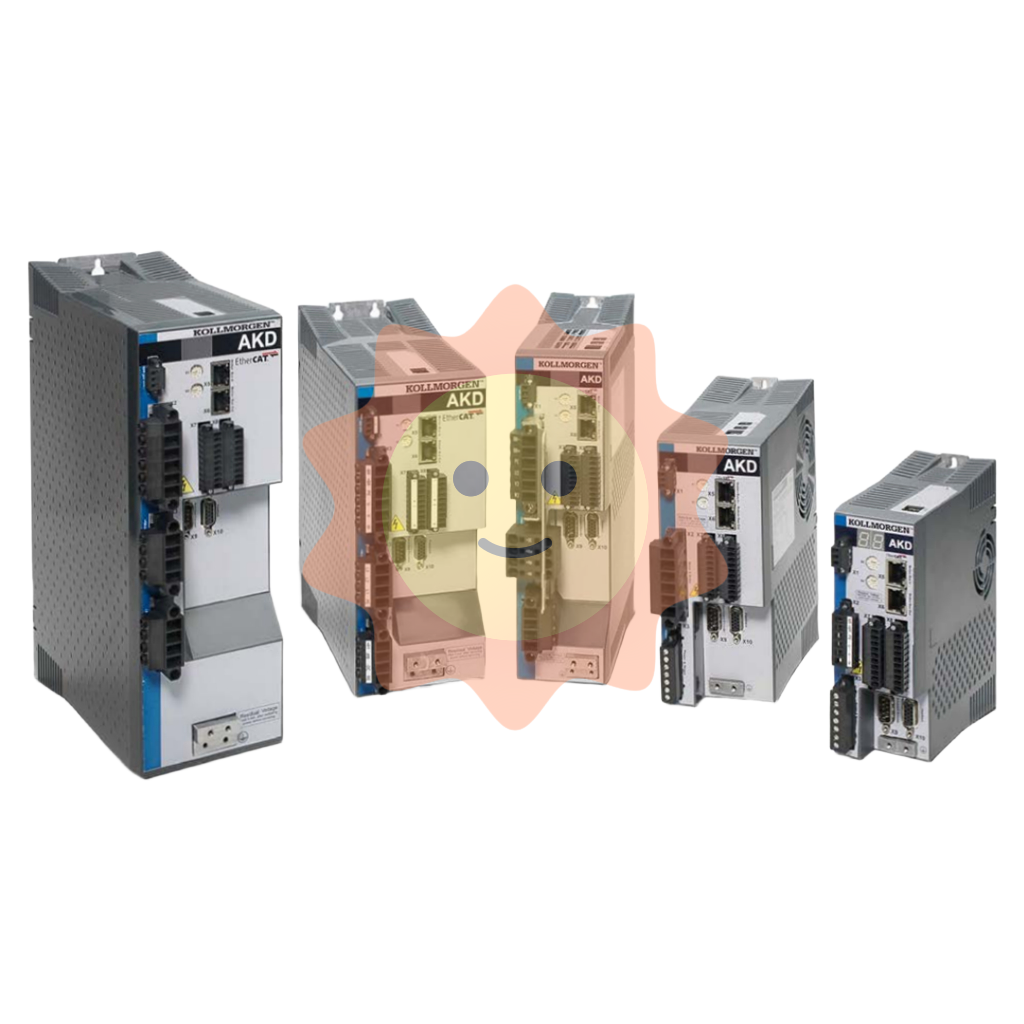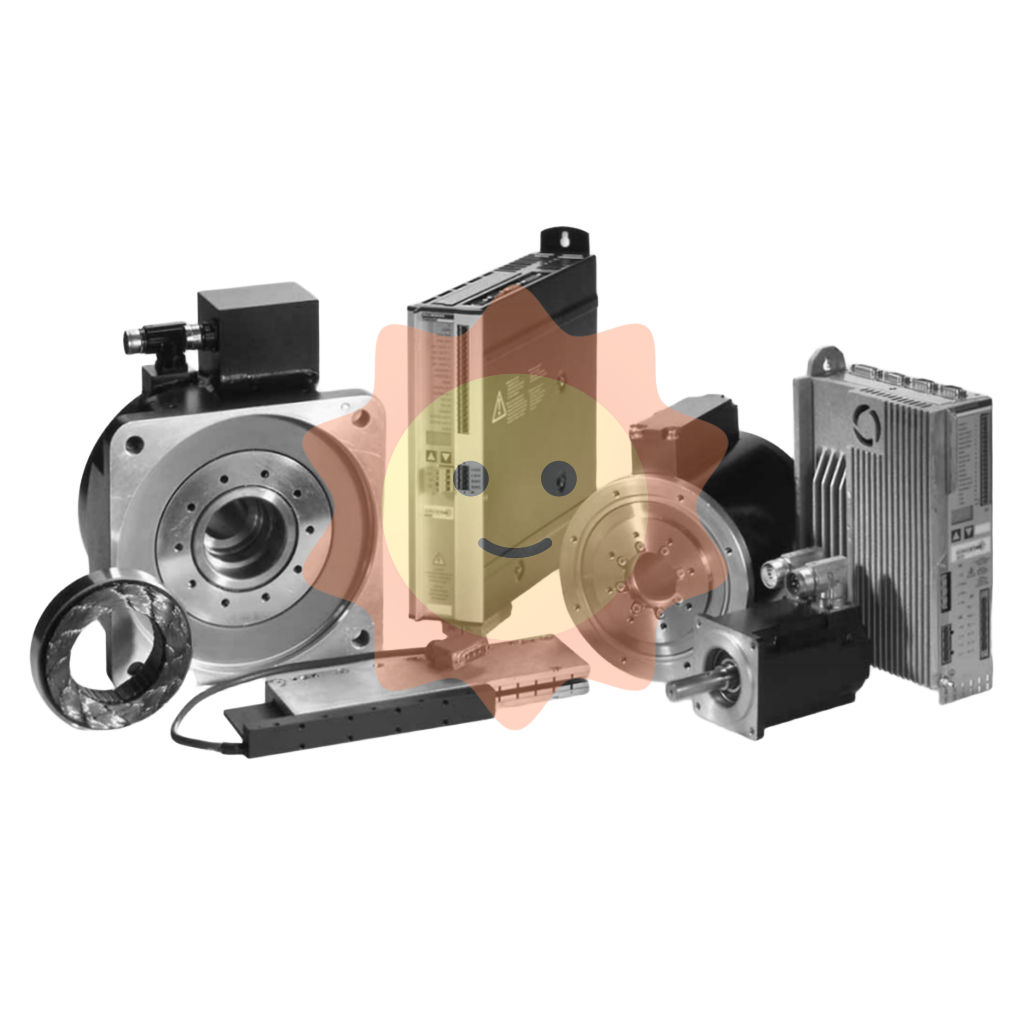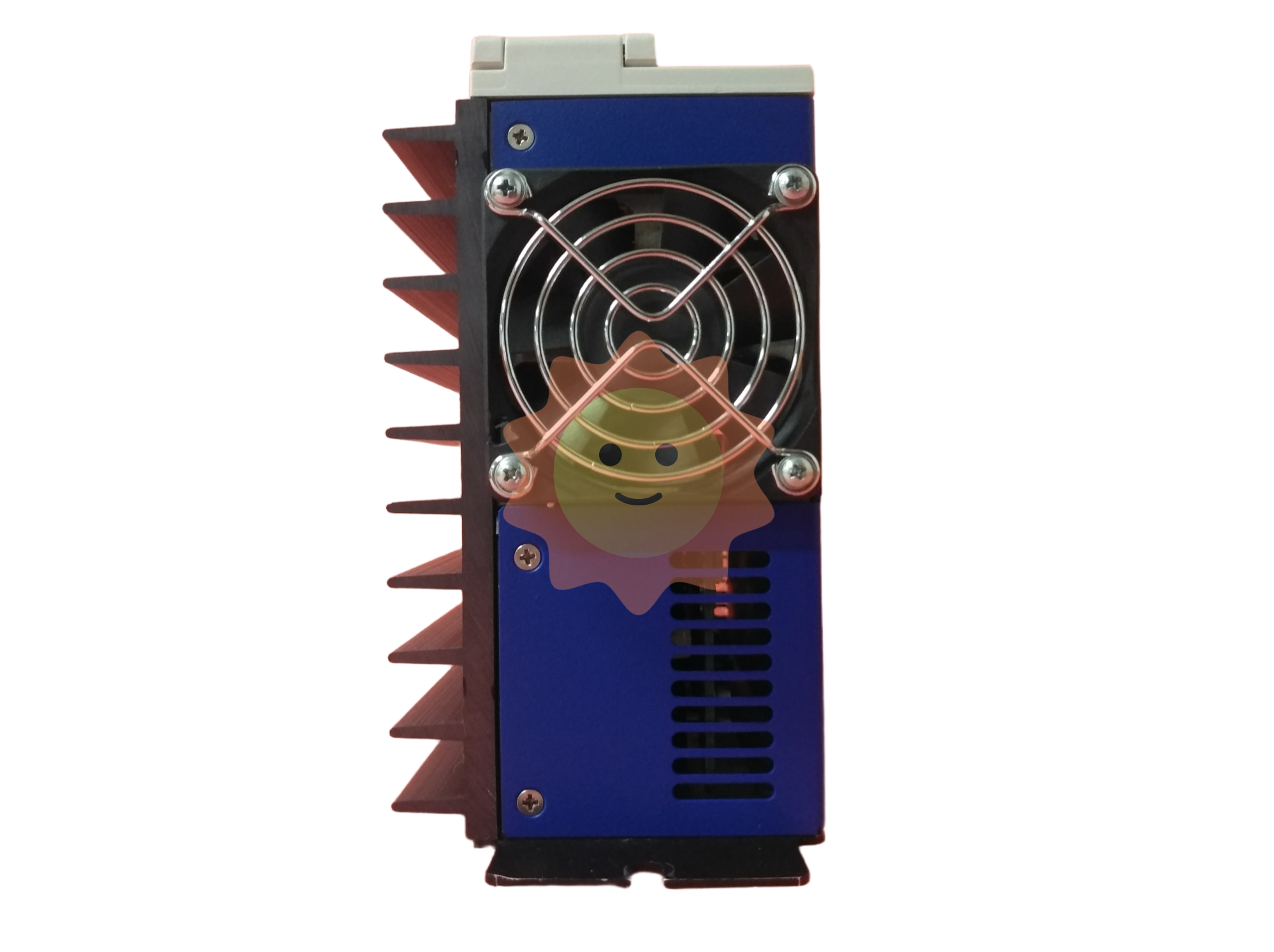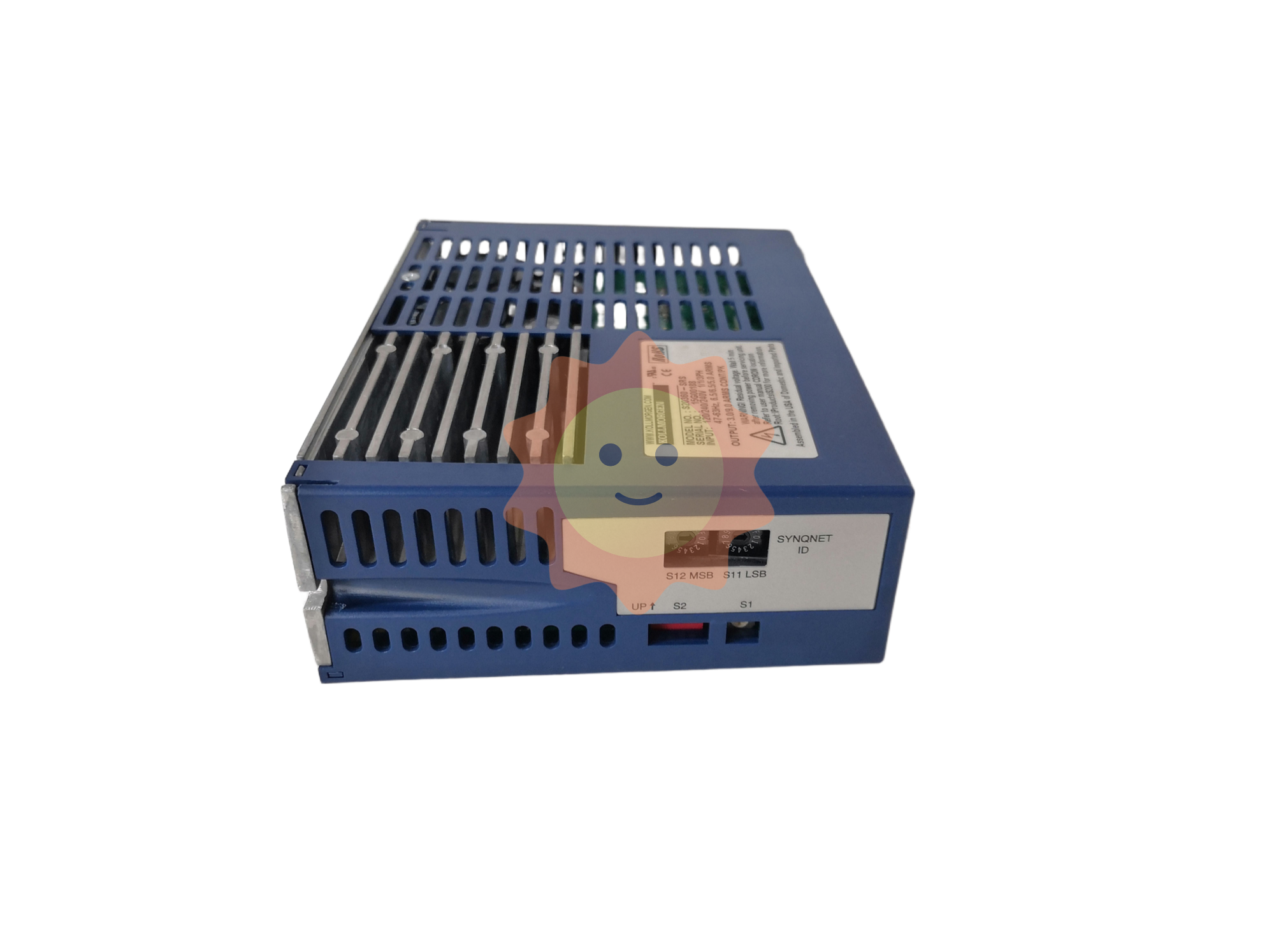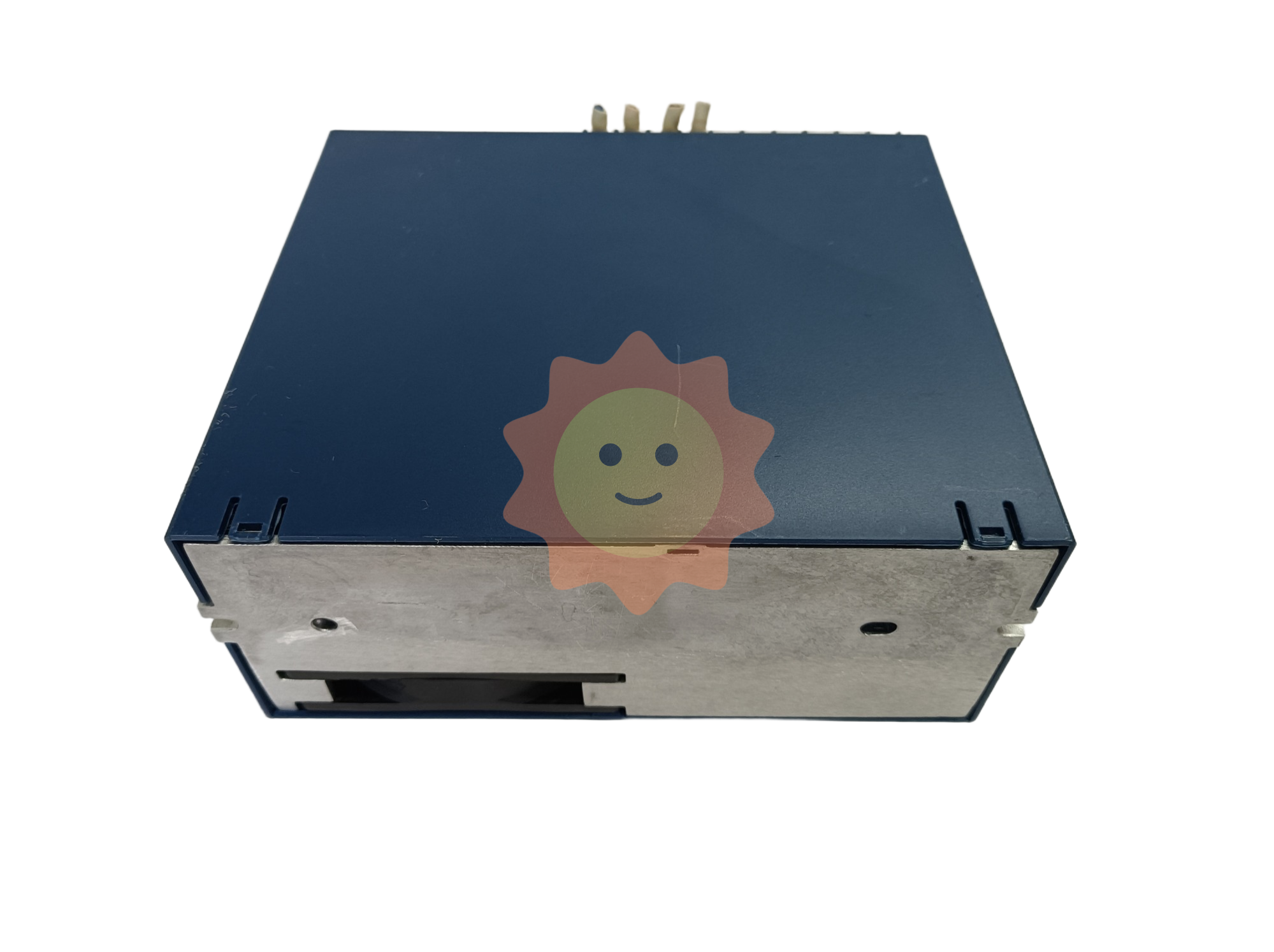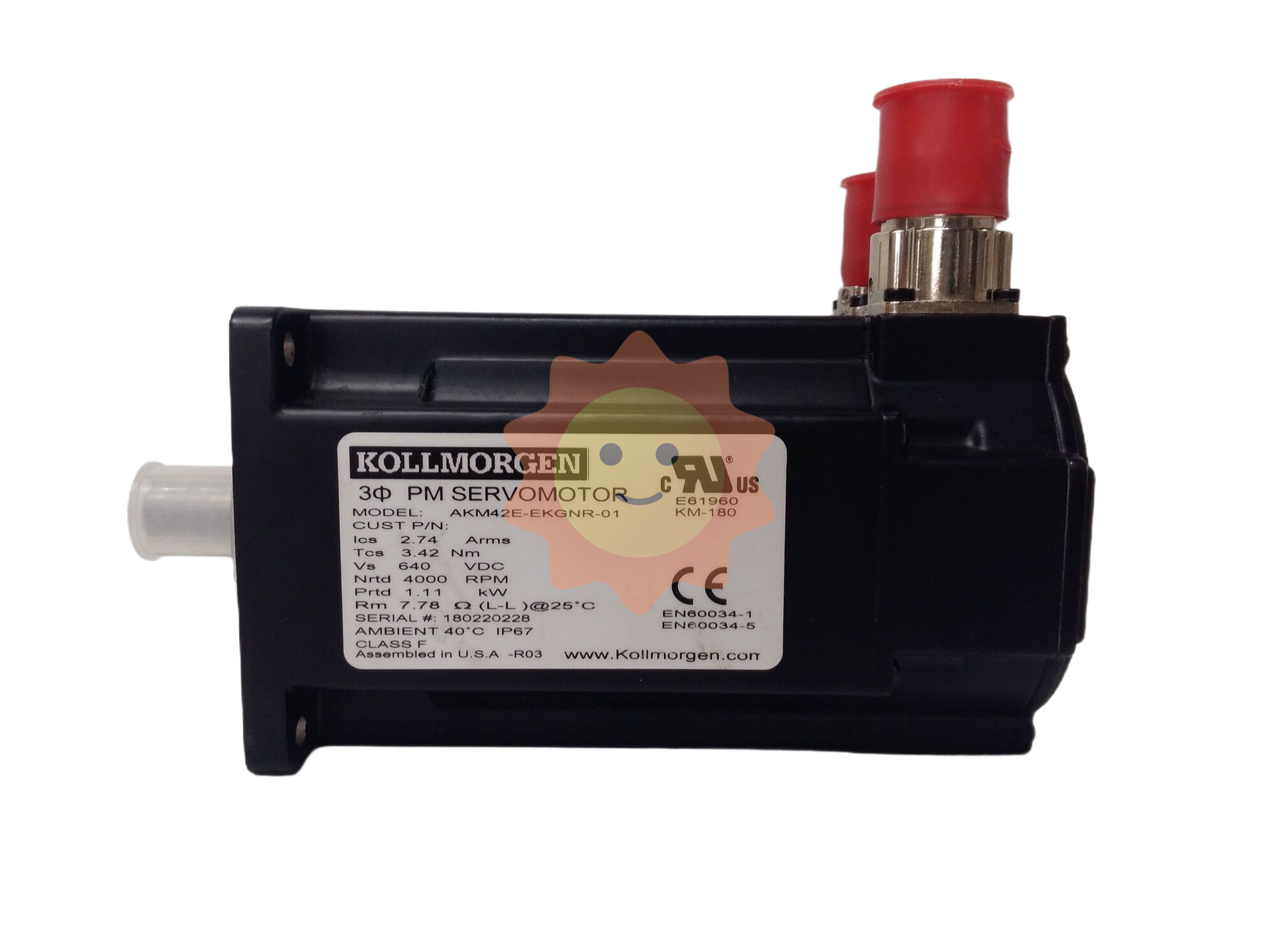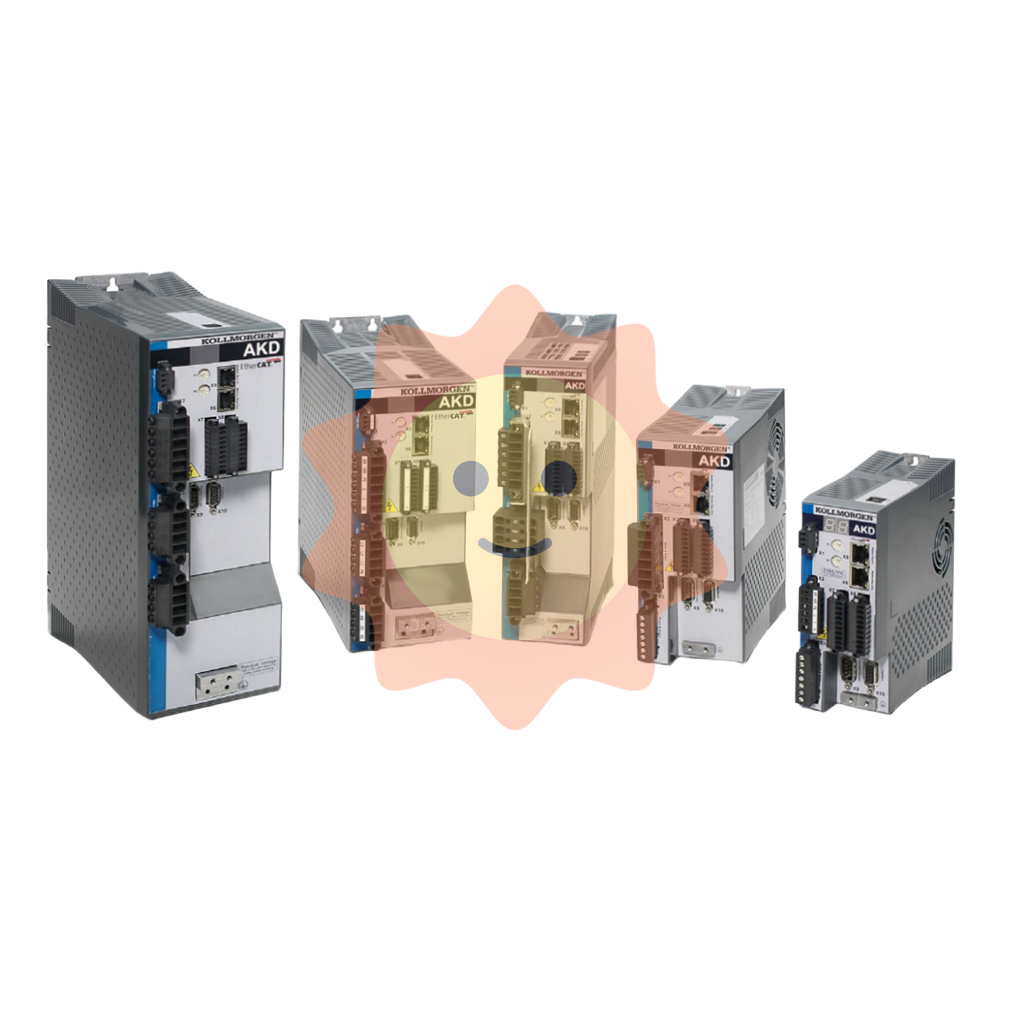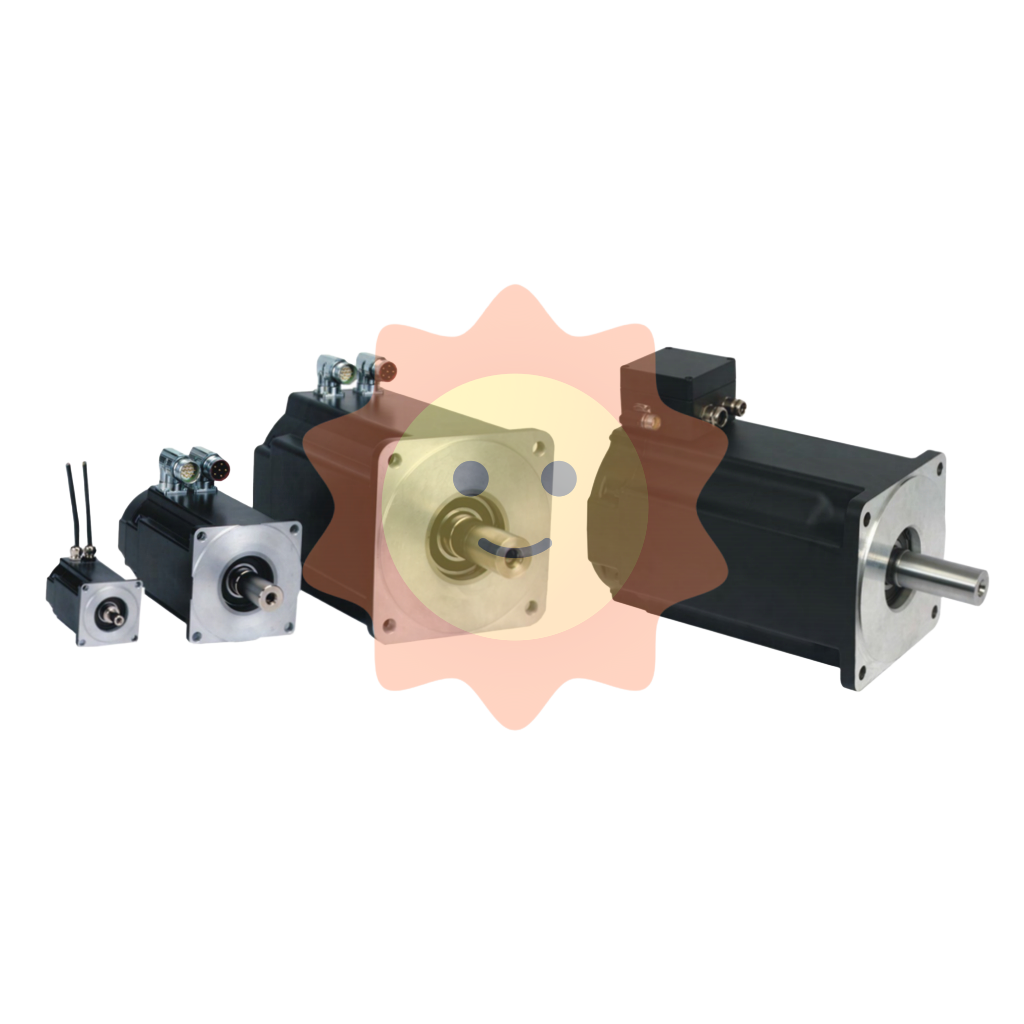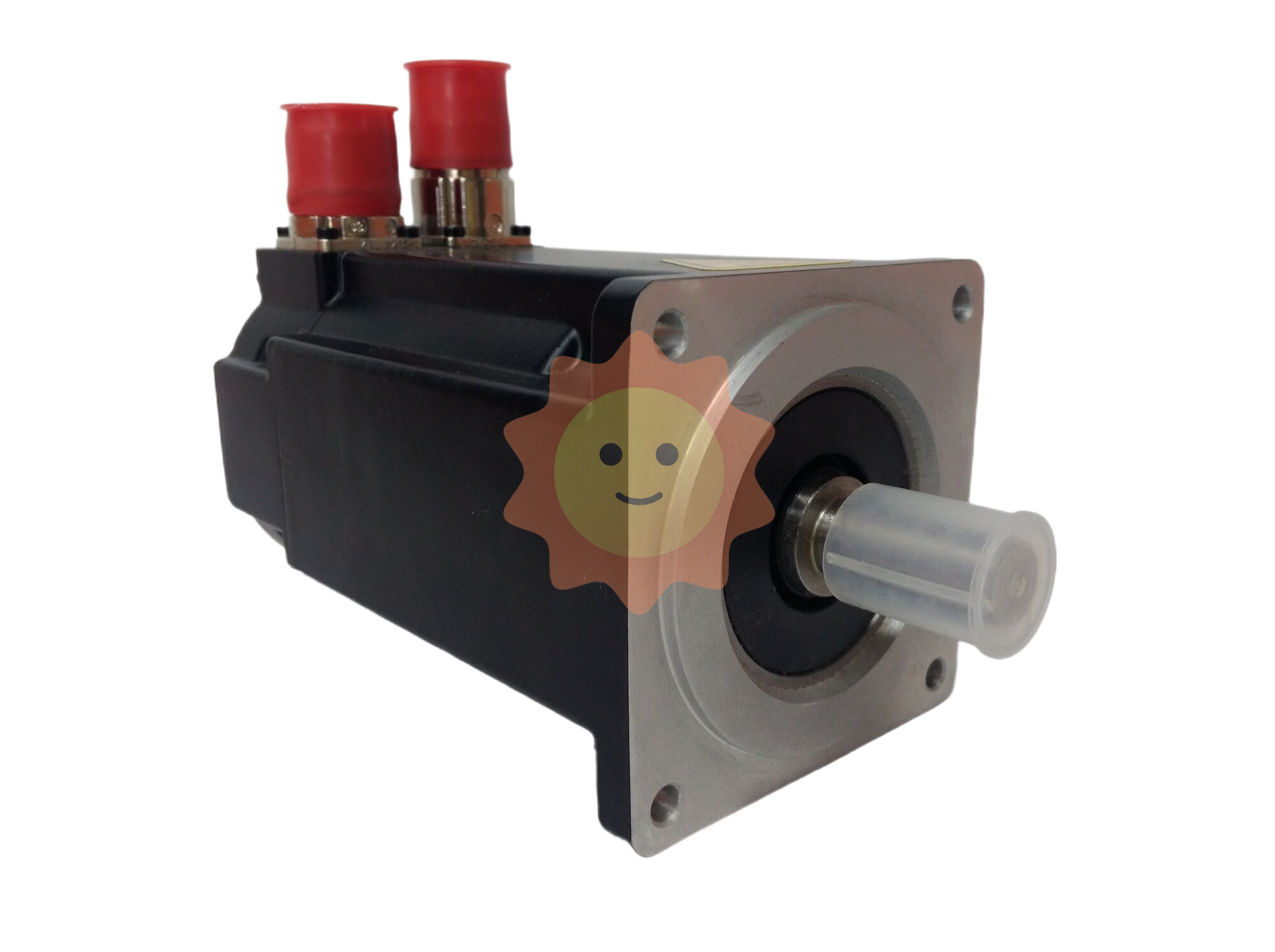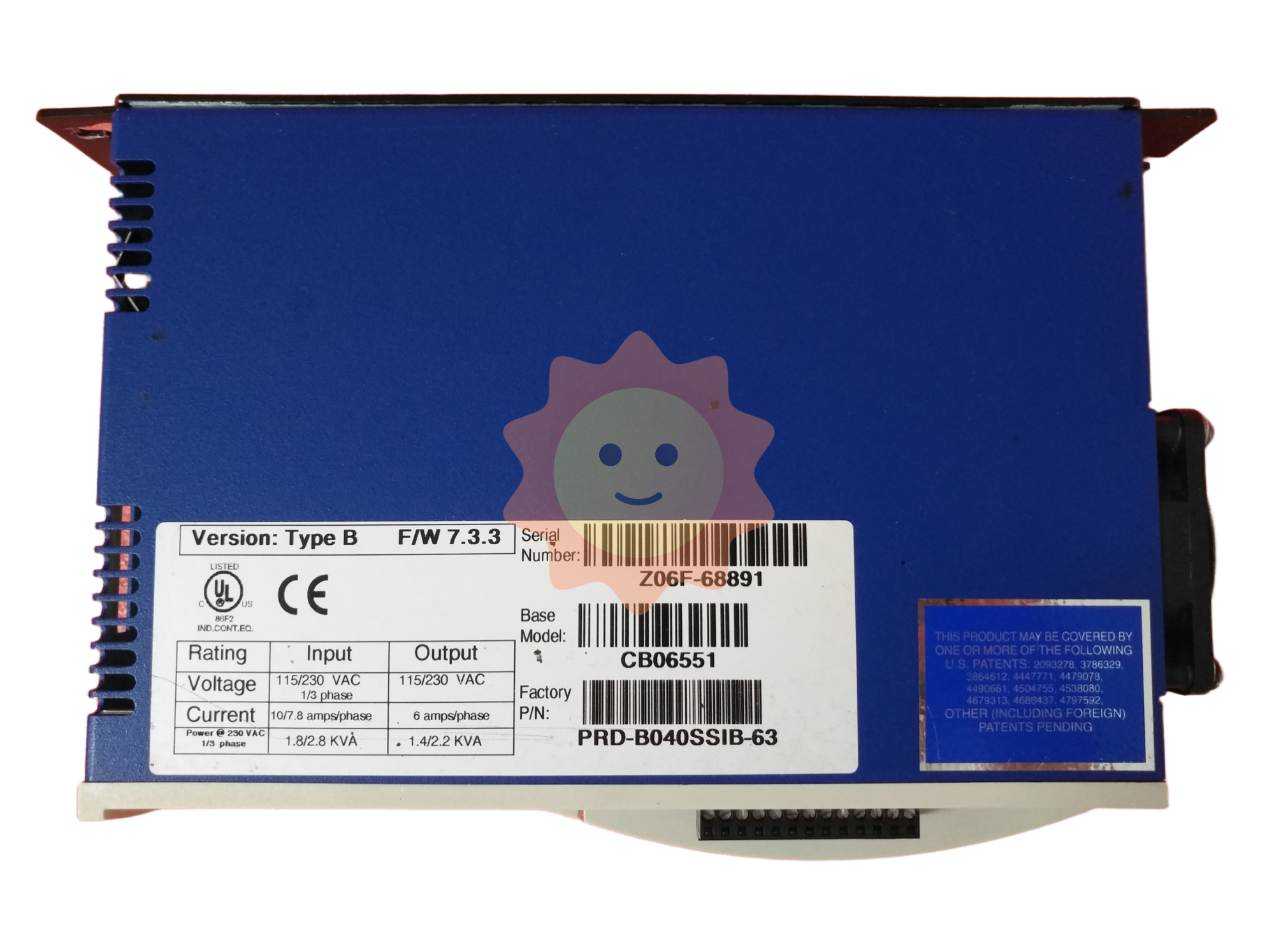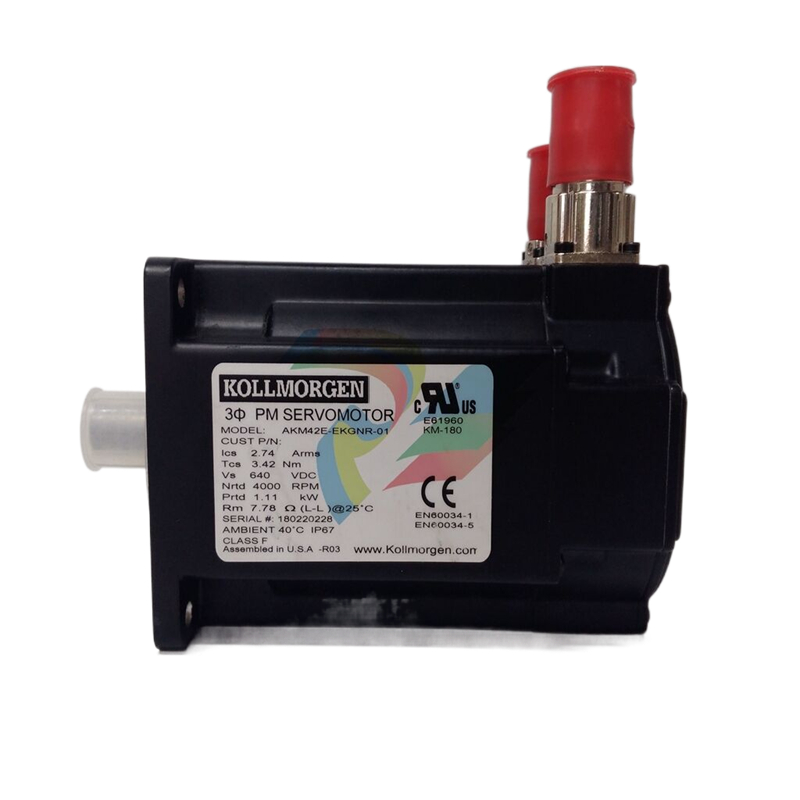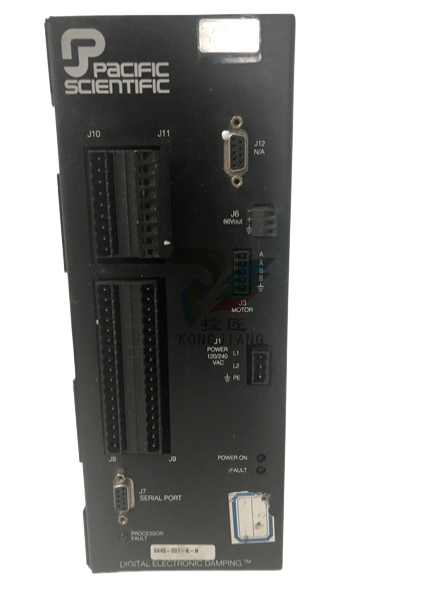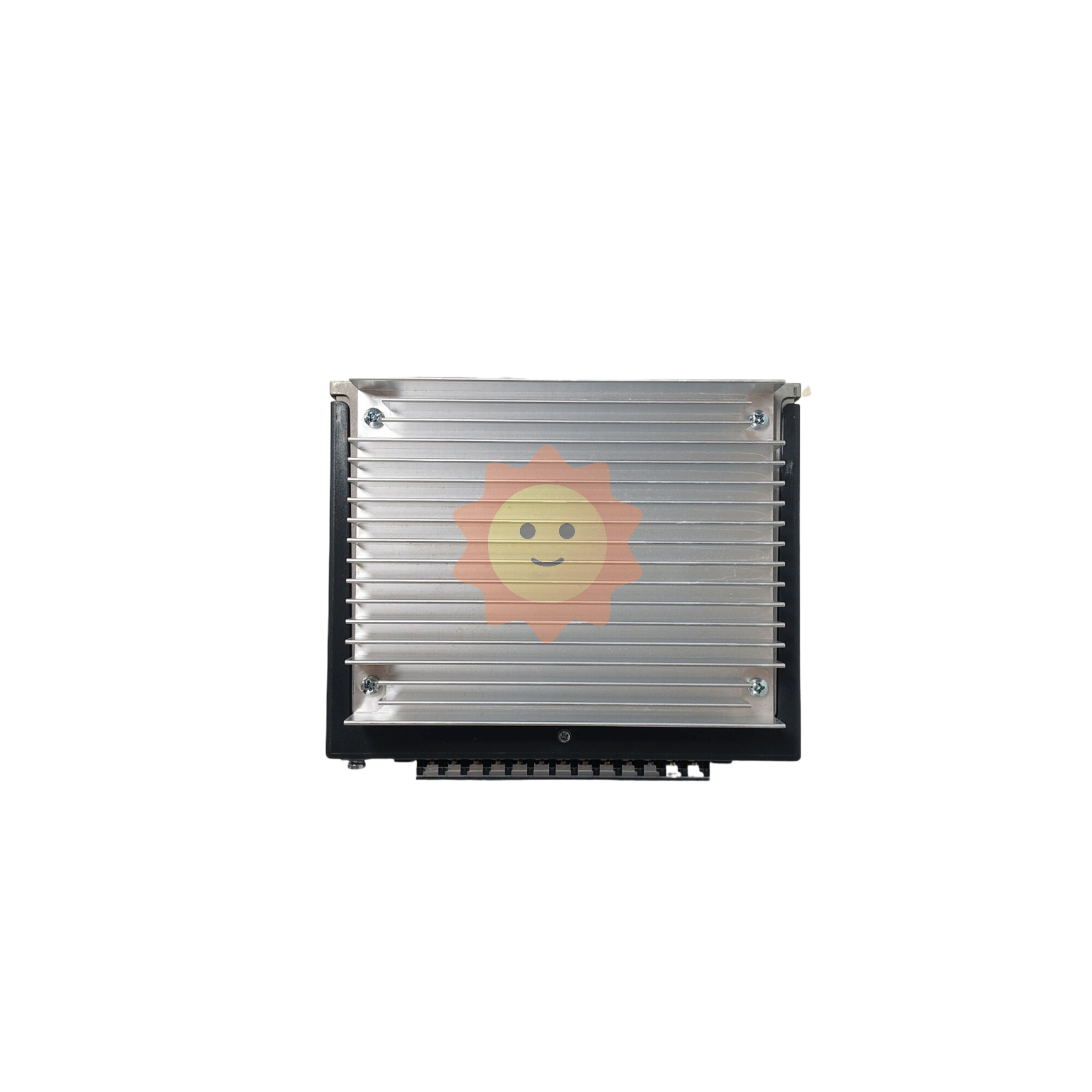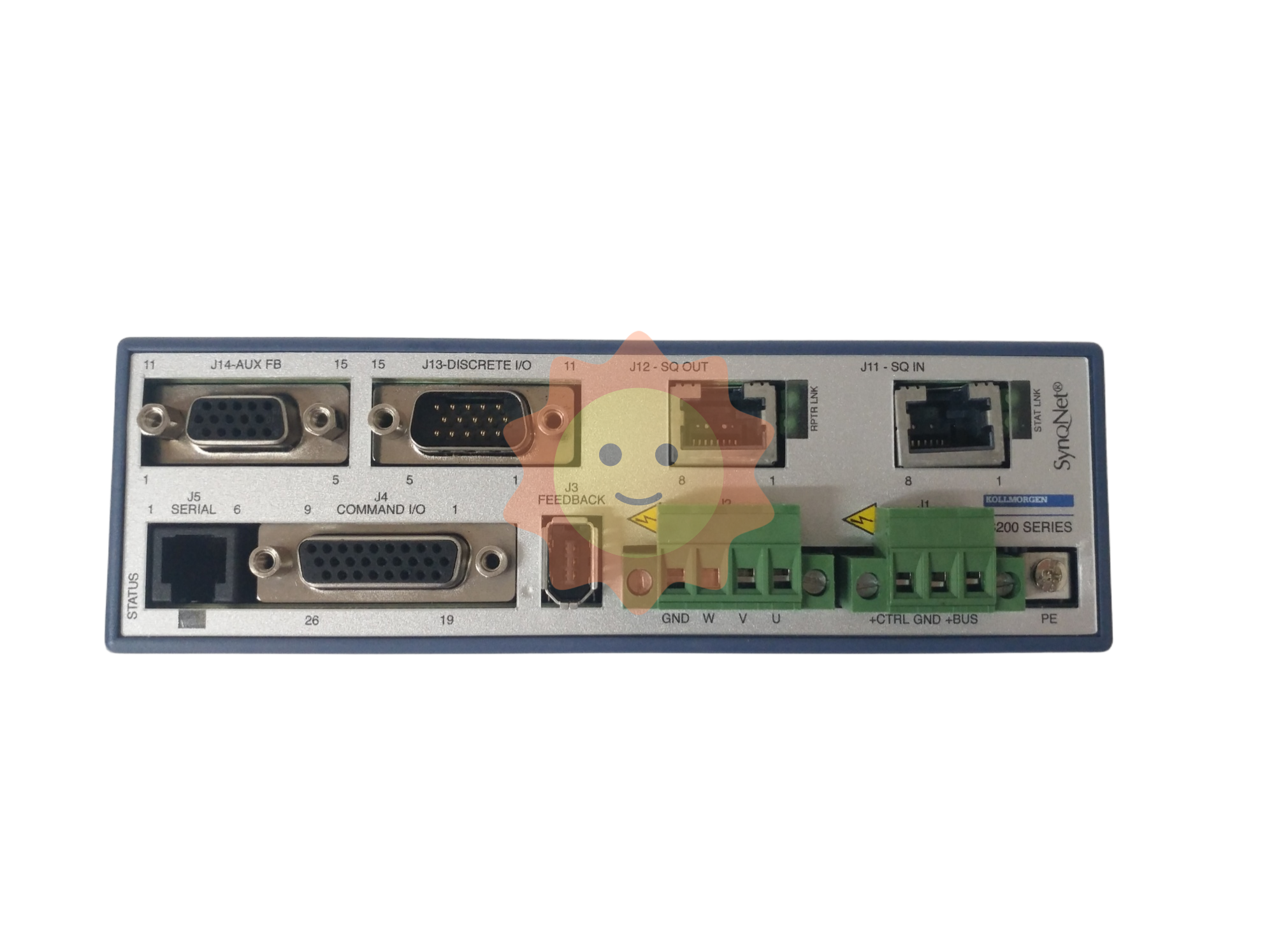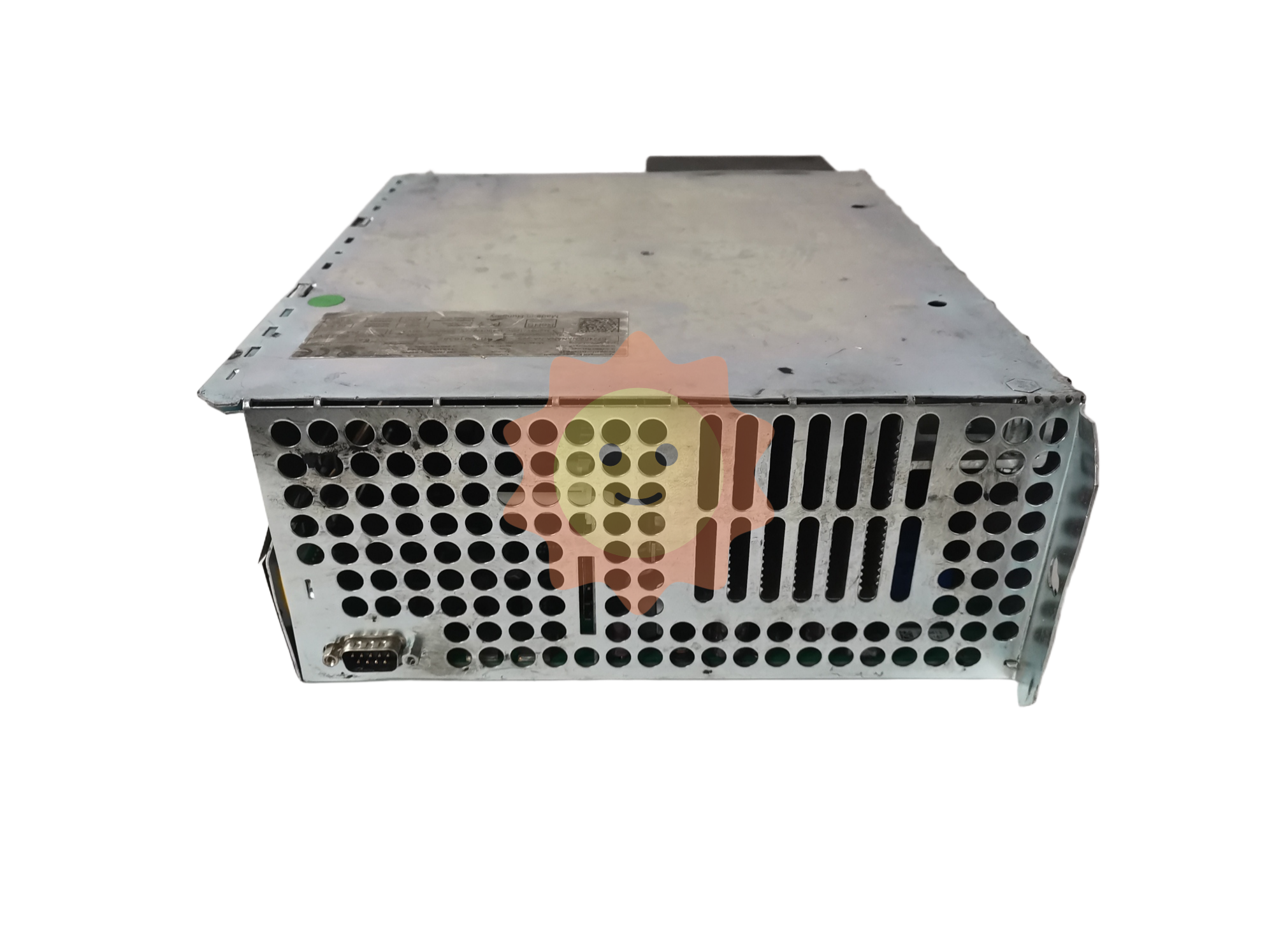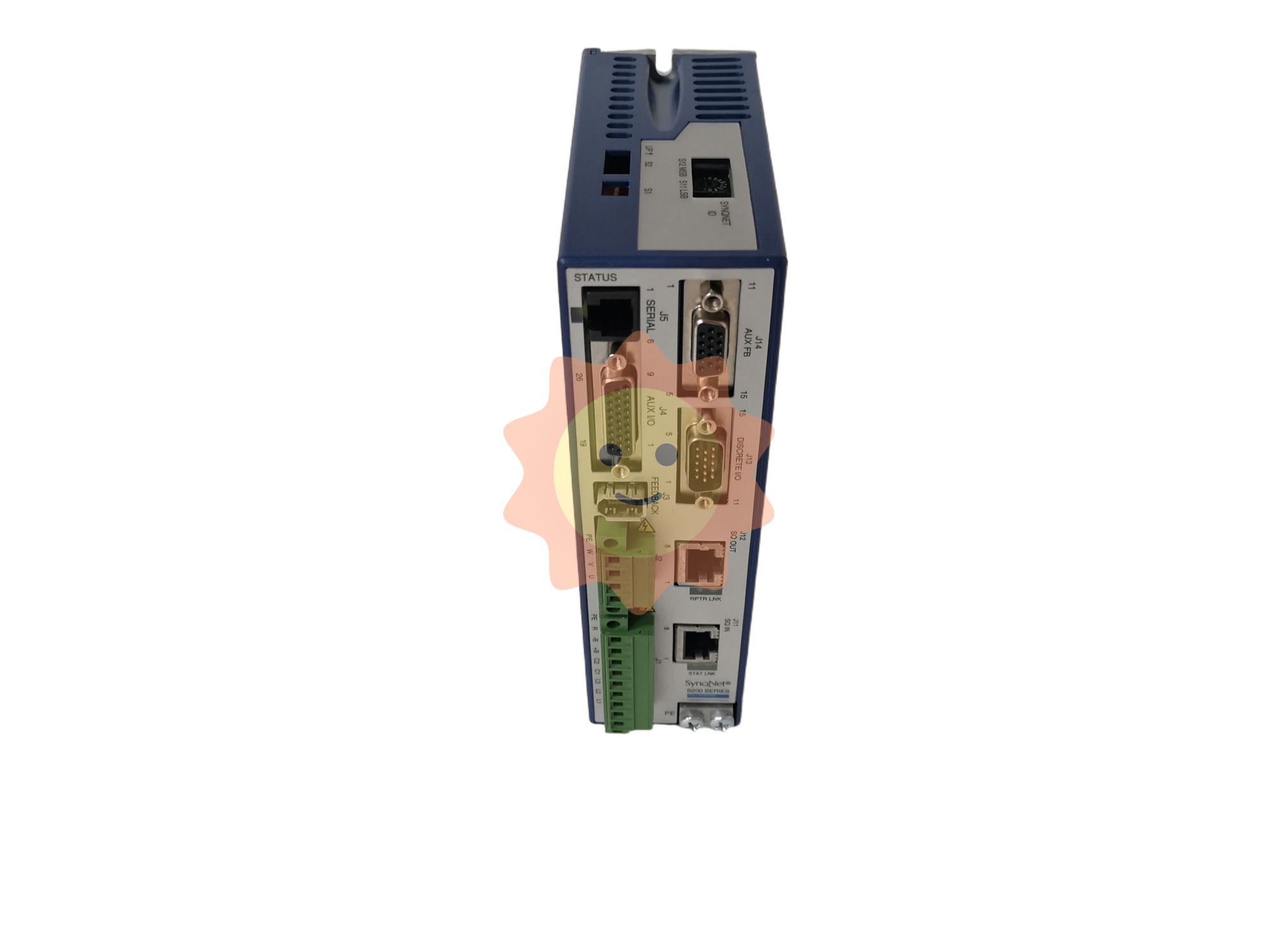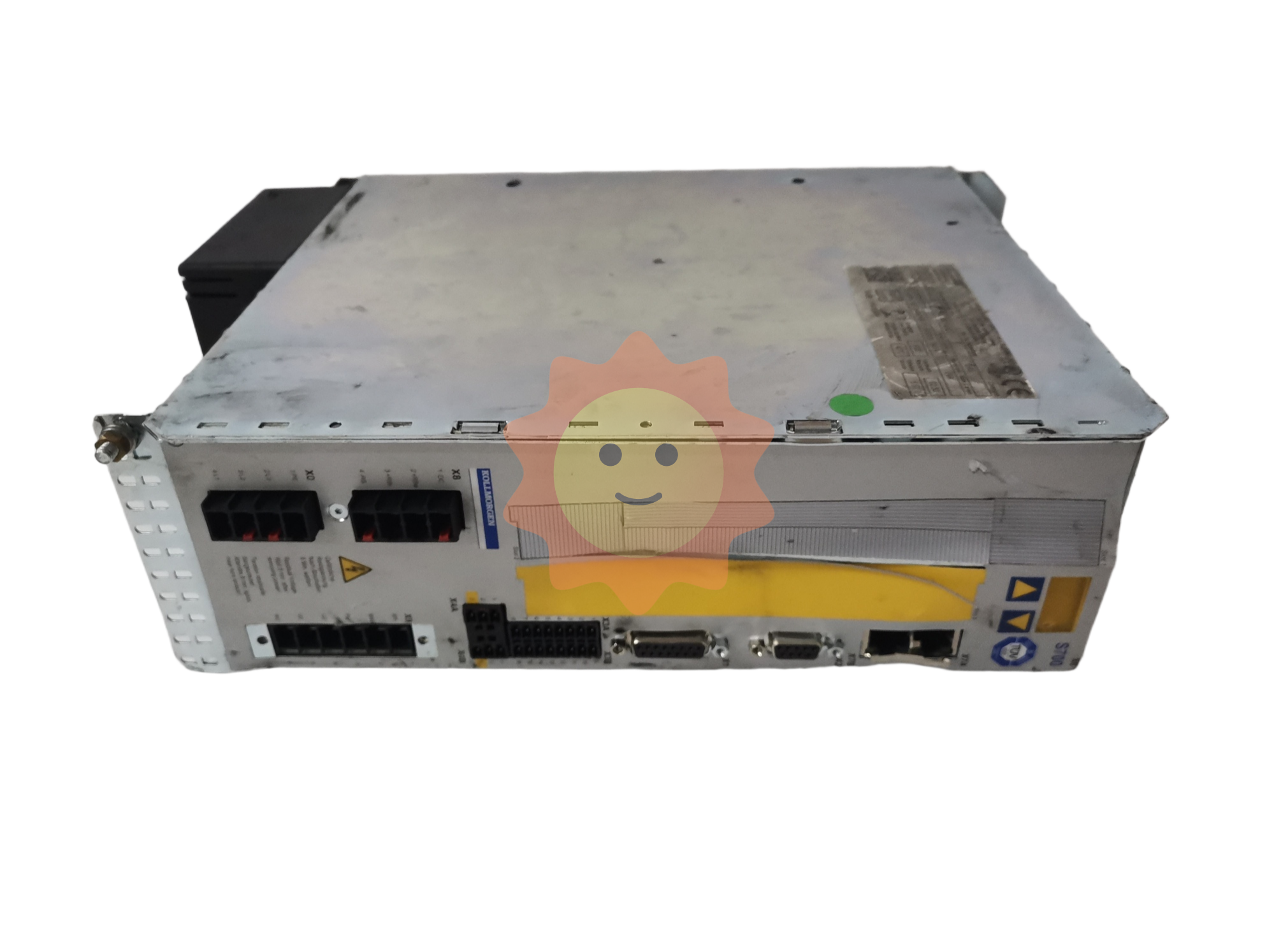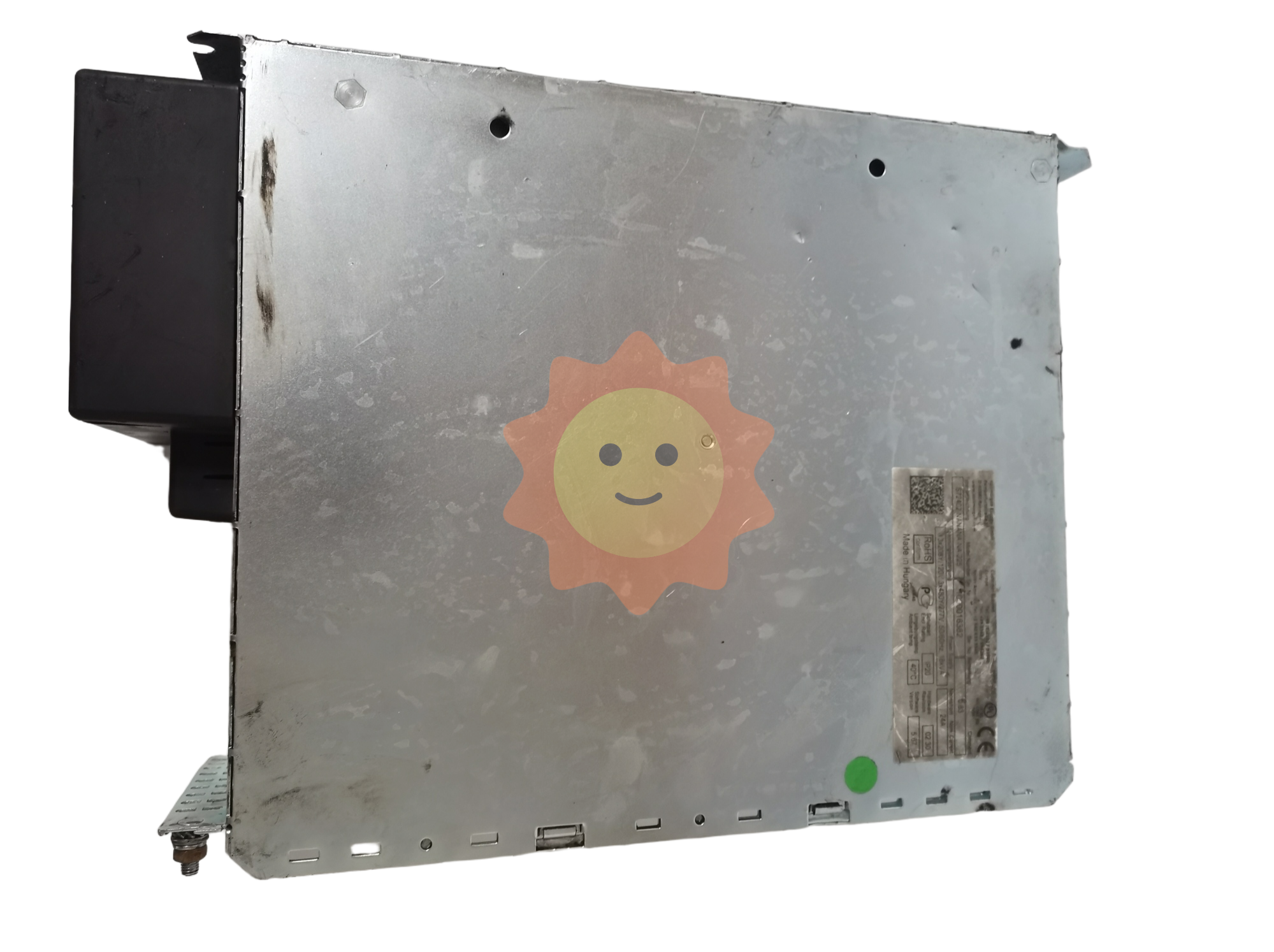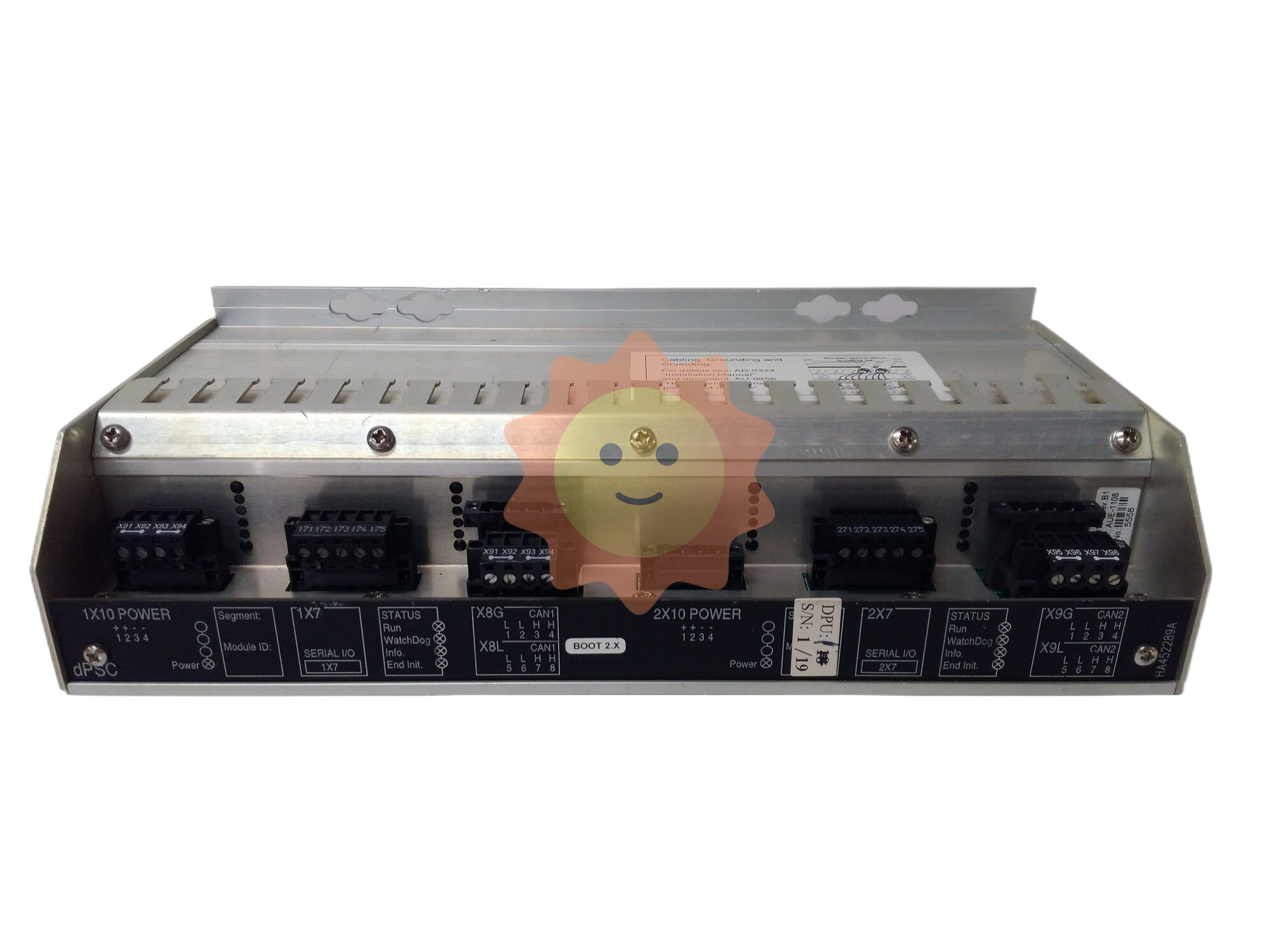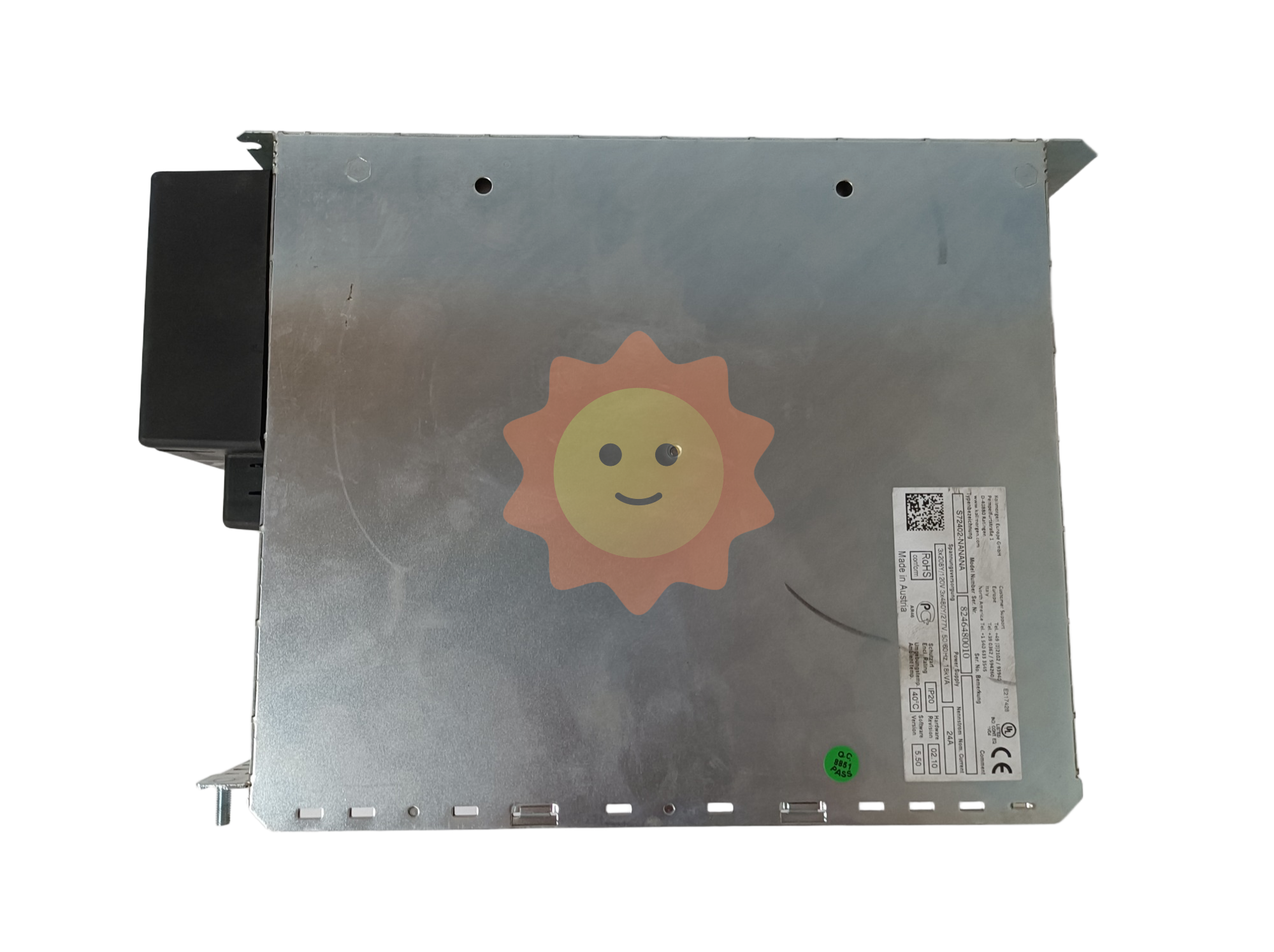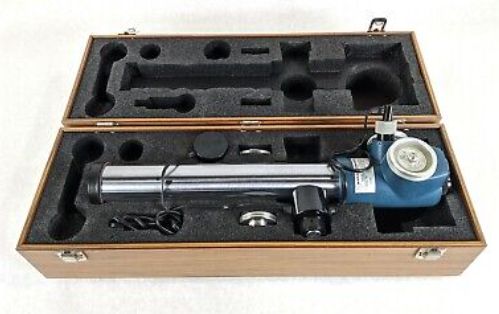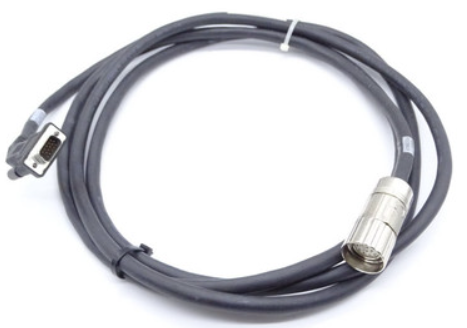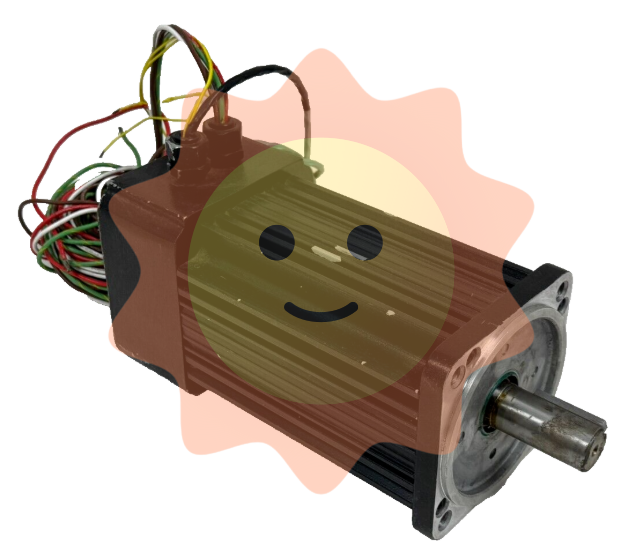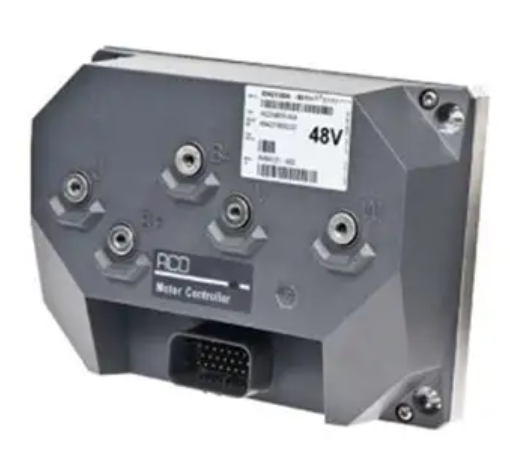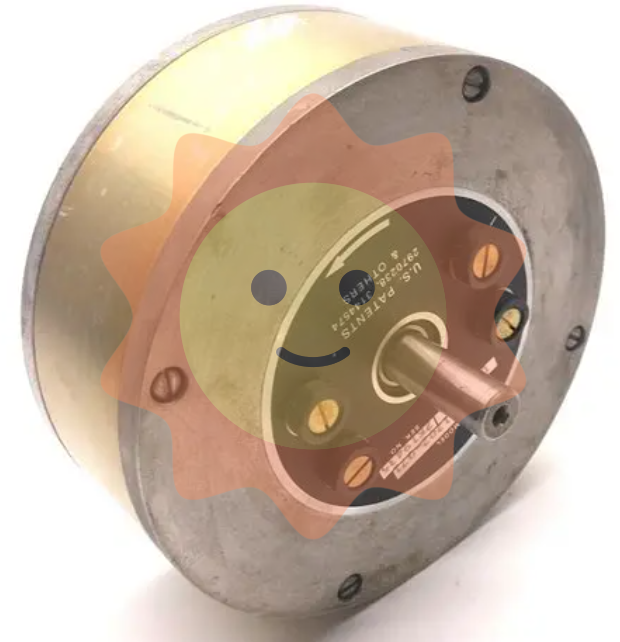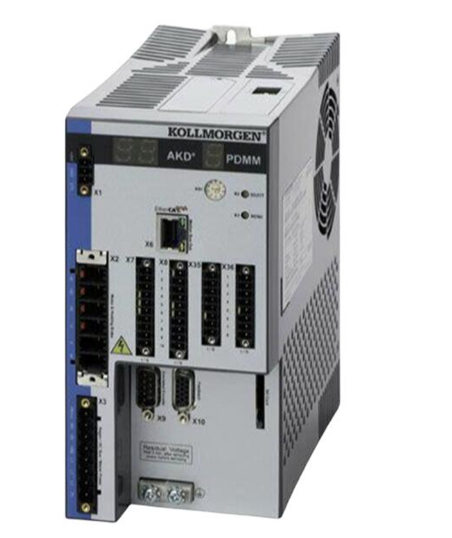Analysis of current situation and direction of temperature difference energy development
Principle of thermal energy generation
Thermal power generation refers to the use of seawater temperature difference to generate electricity. The temperature difference between the different layers of the ocean is large, and the surface water is generally much warmer than the deep or bottom water. The principle of power generation is that after the warm water flows into the evaporation chamber, the seawater boils into flowing steam or propane and other evaporating gases as a fluid at low pressure, which drives the turbine to rotate and starts the AC motor to generate electricity; The spent steam goes into the condensing chamber, where it is cooled by deep ocean water and condensed, and then recycled. It is estimated that the ocean temperature difference energy can generate about 15×108= 1.5 billion kilowatts a year.
Temperature difference thermal power generation technology is a technology that uses the temperature difference between high and low heat sources, uses low boiling point working fluid as the circulating working medium, and uses high temperature heat source to heat and evaporate the steam generated by the circulating working medium on the basis of Rankine Cycle (RC) to drive turbine power generation. Its main components include evaporator, condenser, turbine and working fluid pump. Through the high-temperature heat source heating the working fluid in the evaporator and evaporation, the evaporating working fluid in the turbine adiabatic expansion, promote the turbine blades to achieve the purpose of power generation, the working fluid after power generation is imported into the condenser, and the heat transfer to the low-temperature heat source, thus cooling and then restored into a liquid, and then through the circulation pump into the evaporator, forming a cycle.

Promising prospect
The ocean is the world's largest solar receiver, with 60 million square kilometers of tropical ocean absorbing an average of the same amount of solar energy per day as the heat contained in 250 billion barrels of oil. According to statistics, as long as the tropical ocean within 20 degrees north and south latitude is fully utilized to generate electricity, the heat released by reducing the water temperature by 1 degree will have 60 billion kilowatts of power generation capacity.
The advantage of thermal energy is that it can provide stable power, and if maintenance is not considered, the power station can work indefinitely. At the same time, the ocean temperature difference can produce hydrogen and return it to the land if there is a surplus of electricity generation.
According to the analysis of China's Marine experts, China's South China Sea islands temperature difference energy utilization has the greatest potential. Data from a doctoral study by Ocean University of Qingdao show that the sea area with a depth greater than 800 meters in the South China Sea islands is about 1.4 million to 1.5 million square kilometers, located in the south of the Tropic of Cancer, with strong solar radiation, surface and shallow water temperatures above 25 ° C, deep water temperatures below 500 ~ 800 meters below 5 ° C, and the temperature difference between surface and deep water is 20 ° C ~ 24 ° C.
According to the preliminary calculation, the theoretical storage capacity of thermal energy resources in the South China Sea is about 1.19×109~1.33×1019 kJ.
It is understood that tidal energy, wave energy and Marine thermal energy are the main forms of Marine clean energy development and utilization, of which Marine thermal energy accounts for about 90% of Marine energy reserves. It is estimated that the temperature difference energy contained in the South China Sea alone can generate 500 million KWH of electricity every year. The successful experiment on the use of ocean temperature difference for power generation not only provides a new solution to the energy supply problem of China's coastal areas, especially islands and offshore oil platforms, but also can be used for off-season vegetable greenhouses, aquaculture and other ancillary development.
"If the ocean temperature difference energy is harnessed, it will be twice as much as the current electricity generation." Recently, Liu Shaohua, vice president of Reignwood Group, revealed to the outside world that the company's first ocean temperature difference power generation project may be started in June 2013 and completed in 28 months.
Current situation of temperature difference energy generation in China
In the field of world temperature difference energy research, the United States and Japan have the most advanced technology, has researched and built a number of temperature difference energy power stations, but are demonstrative, which by the United States Pacific High Technology Research International Center in Hawaii research and construction of open cycle temperature difference energy utilization system, currently maintains the world's net output power of 40 kilowatts ~50 kilowatts of the highest record.

However, compared with foreign countries, China's temperature difference energy development and utilization technology in terms of demonstration scale and net output power, there is still a significant gap. Dr. Qingdao Ocean University's research shows that the ocean temperature difference power generation sea also faces the following problems:
The first is the pipe material. In practice, to generate electricity on a meaningful scale, the surface and deep water must be circulated, and the pipeline must withstand enormous atmospheric pressure in the deep sea, the pressure of constantly oscillating ocean currents, and frequently changing water temperatures.
According to Marine experts, a 10-megawatt plant of this kind is expected to require a large pipe with a diameter of 13 feet. For a plant of 100 megawatts or more, it is expected to be 33 feet wide in diameter and extend 1,000 meters underwater, which is almost as wide as a New York City subway tunnel and two and a half times as tall as the Empire State Building.
Second, the pipeline must be produced on site. A 3,200-foot-long, 33-foot-wide pipe made in a factory, towed into the ocean by rail or barge, and sunk into the water is not only a transportation challenge, but also difficult to lift to the right Angle and sink to the right depth. Therefore, the platform needs to be built at sea first - able to withstand storms, ocean currents, etc. - and then the pipeline is manufactured on site.
Third, the flow and circulation of water in the deep-sea field, and the construction of large-scale facilities, will inevitably affect the Marine ecological environment, such as the risk of Marine life being sucked into the pipeline.
The advantages and disadvantages of temperature difference power generatio

Advantages: 1. There is no need for mechanical moving parts in the conversion process, no need for additional drive and transmission system, so the structure is compact, no vibration and noise. 2. In the presence of a small temperature difference, the heat energy can be directly converted into electricity, and the heat energy can be used in a wide temperature range (300K-1400K) by selecting the right type of semiconductor material. 3. Easy installation and use, easy control and maintenance, long-term maintenance free work. Small size, light weight, making it easy to carry, transport and maintenance. 4. Safe and pollution-free, there is no gaseous or liquid medium in thermoelectric materials, and there is no waste water, waste gas and other pollutants discharged in the energy transformation process, which is a near-zero emission energy material.
Disadvantages: The biggest difficulty is that the temperature difference is too small, the energy density is too low, the key to the temperature difference energy conversion is to strengthen heat and mass transfer technology, low power generation efficiency, currently generally not higher than 40%.
outlook
The research direction of future power generation technology is to find materials with higher thermoelectric advantages in a larger range, and improve efficiency under the most matched conditions. Due to its unique advantages, temperature difference power generation technology has shown a good application prospect in the aerospace and military fields, and as a green and environmentally friendly power generation method, its application in the civilian field has also developed rapidly in recent years. Although due to materials, technology and other reasons, with development, temperature difference energy will give greater play to its advantages in low-grade energy utilization.
- EMERSON
- Honeywell
- CTI
- Rolls-Royce
- General Electric
- Woodward
- Yaskawa
- xYCOM
- Motorola
- Siemens
- Rockwell
- ABB
- B&R
- HIMA
- Construction site
- electricity
- Automobile market
- PLC
- DCS
- Motor drivers
- VSD
- Implications
- cement
- CO2
- CEM
- methane
- Artificial intelligence
- Titanic
- Solar energy
- Hydrogen fuel cell
- Hydrogen and fuel cells
- Hydrogen and oxygen fuel cells
- tyre
- Chemical fiber
- dynamo
- corpuscle
- Pulp and paper
- printing
- fossil
- FANUC
- Food and beverage
- Life science
- Sewage treatment
- Personal care
- electricity
- boats
- infrastructure
- Automobile industry
- metallurgy
- Nuclear power generation
- Geothermal power generation
- Water and wastewater
- Infrastructure construction
- Mine hazard
- steel
- papermaking
- Natural gas industry
- Infrastructure construction
- Power and energy
- Rubber and plastic
- Renewable energy
- pharmacy
- mining
- Plastic industry
- Schneider
- Kongsberg
- NI
- Wind energy
- International petroleum
- International new energy network
- gas
- WATLOW
- ProSoft
- SEW
- wind
- ADVANCED
- Reliance
- YOKOGAWA
- TRICONEX
- FOXBORO
- METSO
- MAN
- Advantest
- ADVANCED
- ALSTOM
- Control Wave
- AB
- AMAT
- STUDER
- KONGSBERG
- MOTOROLA
- DANAHER MOTION
- Bently
- Galil
- EATON
- MOLEX
- Triconex
- DEIF
- B&W
- ZYGO
- Aerotech
- DANFOSS
- KOLLMORGEN
- Beijer
- Endress+Hauser
- MOOG
- KB


Email:wang@kongjiangauto.com


